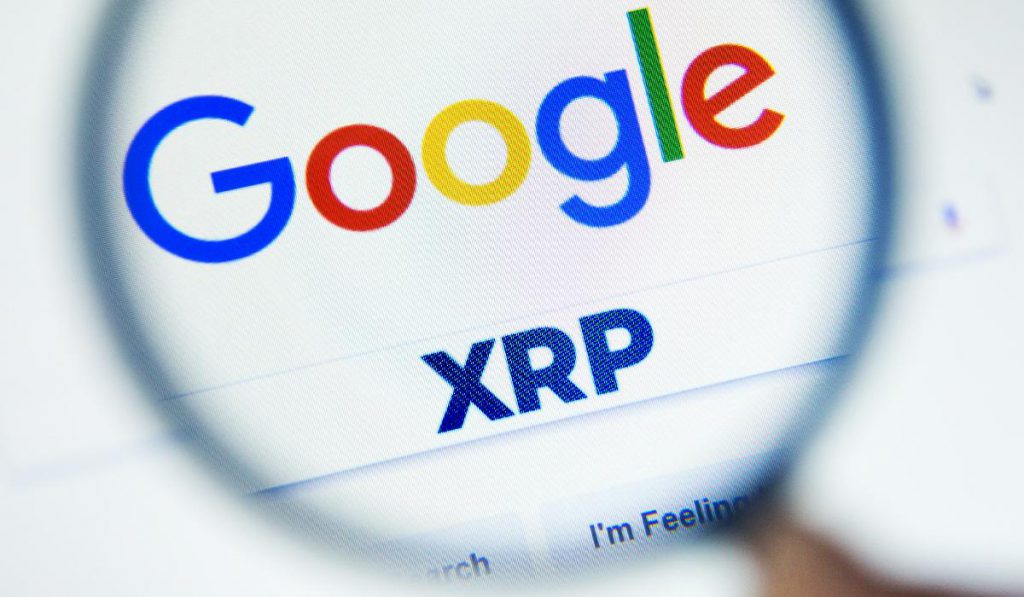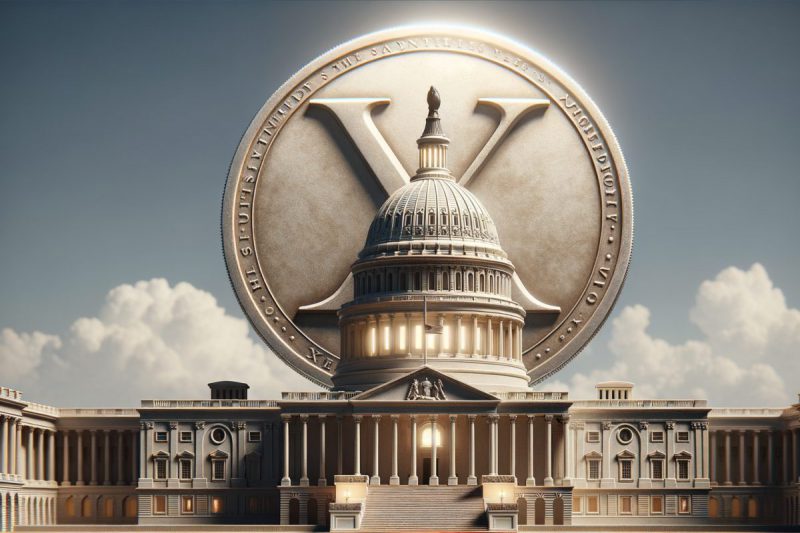A huge banking innovation in Ripple and XRP has finally presented itself and that is making a difference in the current approach of traditional financial institutions of digital assets. The US banks were allowed to provide the crypto custody services by the Federal Reserve, the FDIC, and the OCC in terms that are historically unprecedented since they all agreed on regulation change.
In tandem with this growth, Ripple Payments are going live in Europe only adding to the presence of the business in the European Economic Area with the speed of institutional acceptance increasing both sides of the Atlantic. This update of the banking system is not only about alteration in the policy, it is the dawn of XRP becoming a part of the mainstream financing structure.
Also Read: Historic XRP Glitches Expose Vulnerabilities in 2025 and Beyond
Ripple XRP Banking Moment Drives Institutional Adoption & EU Expansion


Federal Regulators Greenlight Crypto Custody Services
The regulatory breakthrough was engineered when America’s top three banking regulators issued unified guidance that officially defines “safekeeping” as holding digital assets on behalf of customers. This clarity actually transformed the ambiguity that has been plaguing banks for years, and it allows them to directly custody cryptocurrencies like XRP without regulatory uncertainty.
Banks can now offer secure, regulated storage services to both retail clients and also large institutions, which the XRP community has anticipated for quite some time. Ripple’s XRP banking moment has leveraged new opportunities for institutional players to enter the market with confidence.
As noted by Pumpius on X:
“Stealth mode is ending. Deployment has begun.”


XRP Ledger’s Technical Readiness for Custody
XRP Ledger has already maximized on the aspect of institutional readiness because of various important technical performance parameters. The network has been able to successfully close more than 70 million ledgers and this reliability is what banks require to carry out custody operations. Finality of transaction takes place in a matter of 3 to 5 seconds only something vital to those institutions that require fast settlements.
Ripple has designed the ledger with native support for tokenization and technically suited it to allow the custody role now approved by the regulators. This Ripple banking system update demonstrates that Ripple created XRP for institutional use, not as a speculative instrument.
Ripple’s Infrastructure Maturation
The policy shift comes at a time when Ripple’s infrastructure has been maximized at an institutional level. The company has already applied for a US national bank charter, which is a bold move that would make Ripple one of the few blockchain firms with formal banking privileges if approved.
Meanwhile, BNY Mellon is integrating Ripple’s US dollar-backed stablecoin, RLUSD, into its custody platform right now. As one of the oldest and also most trusted banks in the world, BNY Mellon’s involvement lends substantial credibility to the initiative. Ripple is deploying XRP crypto custody services to work seamlessly with these advanced identity solutions.
Major Announcement: Ripple Payments Europe SA Goes Live
Ripple Payments Europe SA has officially established operations with an active Legal Entity Identifier (LEI) in Luxembourg, representing a significant milestone in the company’s European expansion strategy. The entity secured its LEI—2549000KEHDV2LWRRZ45—on April 21, 2025, and the registration is active, verified, and also fully compliant.
Ripple has implemented this development to position itself for seamless operation within various major European Economic Area (EEA) markets, aligning with international financial standards and paving the way for broader service offerings across the EU’s single market. Ripple’s payments Europe launch forms part of the company’s broader regulatory strategy in Europe, where they’re seeking an Electronic Money Institution (EMI) license to operate under the EU’s Markets in Crypto-Assets (MiCA) regulatory framework.
Also Read: XRP ETF Launch Triggers $1.7T Race as RLUSD Flips TrueUSD
What we’re witnessing right now is not just a policy change—it’s the formal institutionalization of XRP. With regulatory support now enacted on both sides of the Atlantic, Ripple’s robust infrastructure, stablecoin initiatives, and also identity integrations are converging to make XRP a foundational rail for the future of finance.





